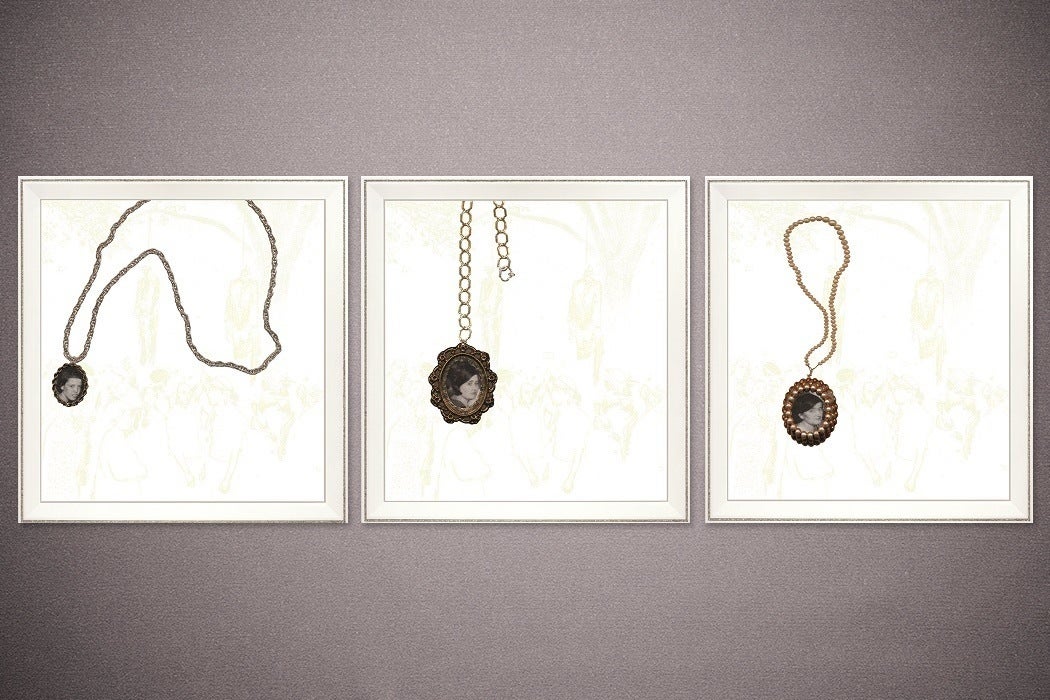In the days following the shooting at Charleston’s Emanuel AME church, a war on words began in regards to labeling and naming the shooter. While conservative, white media framed Dylann Storm Roof as suffering from a “mental illness,” many media journalists and activists called for the necessity of using the word “terrorist.”
Artist Kerry James Marshall revisits lynching photography from the 1930s, an all-too-familiar American form of terror. These photos which were often turned into postcards that were circulated in order to spread fear and terror even farther afield, he addresses this darker and extremely relevant history with his 2002 triptych Heirlooms and Accessories.
In “Photography and Practices of Critical Black Memory,” Leigh Raiford analyzes photography and memory as a form of activism. She looks specifically to artists Kerry James Marshall and Ken Gonzales-Day who both re-appropriate lynching imagery as a reassertion and rearticulation of a much-needed collective consciousness and what Raiford terms “critical black memory.”
Composed of three prints on paper, Marshall uses a well-known black and white photo of a 1930 double-lynching in Marion, Indiana. Photographer Lawrence Beitler captured this image of Thomas Smith and Abram Shipp’s bodies hanging amidst a large, white crowd.
In the triptych, Marshall specifically frames close-ups of three female faces amidst the lynch mob in unassuming lockets. He emphasizes their portraits and the lockets themselves, while fading the background imagery into a stark, barely legible whiteness, indicative of both the crowd’s race and the invisibility that often accompanies white privilege.
Both the title of his work and the necklaces themselves suggest inheritance, causing viewers to question the inheritance of racism, privilege, wealth, and ownership of such terror and violence along with the historical amnesia left in its wake.
Raiford quotes Marshall speaking about this work:
This piece was sort of a reminder that these people are accessories to a crime in the first place, and that the heirlooms and the things that their offspring inherited from them were inherited from them because they were engaged in this kind of violence.
As “accessories” to these crimes, the females in the crowd function quite specifically in Marshall’s work. He effectively shifts the focus of the original image, reframing the subject to be the cruel spectatorship of the white females who were complicit accessories and witnesses to the lynch mob, as opposed to the horrific trophy display of the lifeless murdered bodies of Smith and Shipp.
Raiford explores Marshall’s works, noting:
We as viewers must contend with our own familiarity with lynchers, and particularly with a historical tendency not to implicate white women in the maintenance and perpetuation of white supremacy. In the necklaces’ circling of Shipp and Smith, we are also reminded of the intimacy, both real and imagined, between white women and black men that fed lynching’s fury.
This is particularly relevant considering Dylann Roof’s recent decry just before he shot and killed nine black victims. “You are raping our women and taking over the country,” reports say he told Tywanza Sanders before shooting him.
Marshall’s work reminds all viewers of their stakes in America’s dark past – and very current present.







